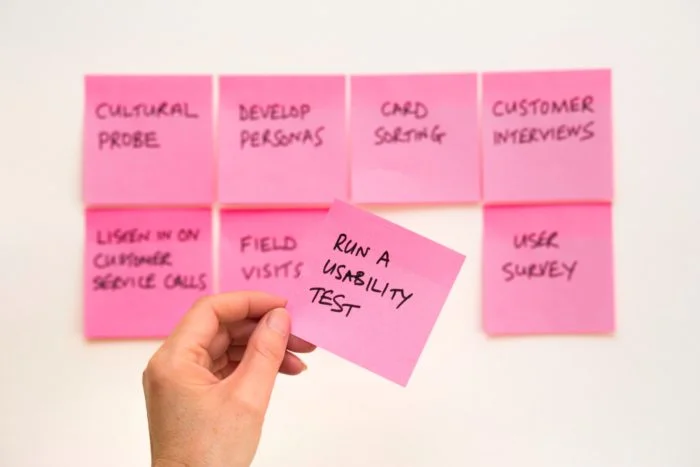Try Kanbanchi now
Start your free trial

With Agile now becoming increasingly widely used all over the world, the question of how to carry out Agile planning is a key issue for many teams that use this popular project methodology. It is something that can ensure that projects are carried out efficiently and within acceptable timescales, so what do you need to know about it?
Believing that Agile planning is the same as traditional project planning is a common mistake. The truth is that you need to take a very different approach when it comes to Agile. These projects operate in short, self-contained iterations known as sprints. These sprints have to be included in any Agile plan that we create, but it isn’t the same as the sprint planning in Scrum either.
The starting point for any sprint has to be with a degree of clarity over what the end-user needs. From there, the project team is expected to work out the best way to provide these things with their solutions. Therefore, the planning can’t be as specific as it is in other types of plans. There isn’t as much detail known at the beginning.
A sprint could run for anything between one and three weeks. Teams focus on a certain, small set of tasks during that time. It is important that the planning takes into account when the release is due and what user stories are needed. User stories are the units of work that each member of the team have.
One of the most important aspects of all Agile projects is that the process is highly adaptive to changes. This compares to the traditional planning process, where a lot of time would be spent in advance to carefully plan every step needed, allowing the building of a large, detailed plan.
With Agile planning, you are looking to take into customer feedback to achieve the best overall solution to keep everyone happy. There is no need to plan months in advance. Instead, you only plan in detail for the upcoming sprint, before taking into account what the customer thinks and organising the next sprint.
Since the Agile project contains quality, there is usually no need for a long quality assurance period at the end of it. What this means is that the testing is built into your Agile planning. People are to test their solutions along the way, rather than leave it all to the end.
The different way that we need to plan Agile projects doesn’t mean that you can overlook the planning process completely. It cannot exist without any software. Instead, you just need to look at how you need to change your usual process to allow you to run Agile projects in the best possible way.
You need the right software for any type of planning. It lets you share all of the details with colleagues even when you don’t work in the same office. There is very little risk of two people carrying out the same task or of anything being missed if good planning software is used properly.
It is also worth noting that this allows you to introduce an easily repeatable process for your future Agile planning. By choosing a suitable piece of software and using it each time, you can ensure that your team carries out its planning, in the same way, each and every time. Given the fast-moving nature of this methodology, that is definitely a worthwhile benefit.
This will provide the added advantage of letting you see how much work they get through in every sprint that the team carries out. One of the keys to running a good Agile project is in planning at the right time and taking into account what you learned in the last sprint.
Agile projects are for frequent deliveries and the good use of client feedback. And the plan needs to be used to make this easier to carry out rather than making it more difficult to do. You don’t want a cumbersome piece of software where updating the plan is time-consuming and awkward.
Another point to cover here is the importance of having self-organising workers. Agile teams need to be able to organise themselves around the work. So everyone who is involved in a project has to be able to see what the overall plan is and where they fit into it. You can’t simply have a centralised plan that no one else can see, or the project won’t run smoothly.
All of the previous points let us see that managing your tasks in a fast, flexible way is crucial on this type of work. You need to be able to react to changing requirements. You need to set up new tasks to complete them on a regular basis.
This is why the Kanban board workflow process is an ideal solution for Agile planning. It is a method that lets everyone in the team see very simply what tasks are next in line, and follow their progress as they move through the different stages. There is no need to plan far ahead. But you will still feel in control of the overall piece of work. You’ll follow the progress of individual user stories.
Kanbanchi is a piece of task management software that goes further by integrating smoothly into the Google Workspace suite of online tools. This means that there is no steep learning curve. There is no need to create manual workarounds between the different pieces of software that you use.
Don’t let the different needs of the Agile planning process knock your team off track. By adapting to this way of working using suitable software, you can stay in control while ensuring that you stick to the principles that have made Agile so popular in the last couple of decades.
Start using Kanbanchi now
Start your free trial